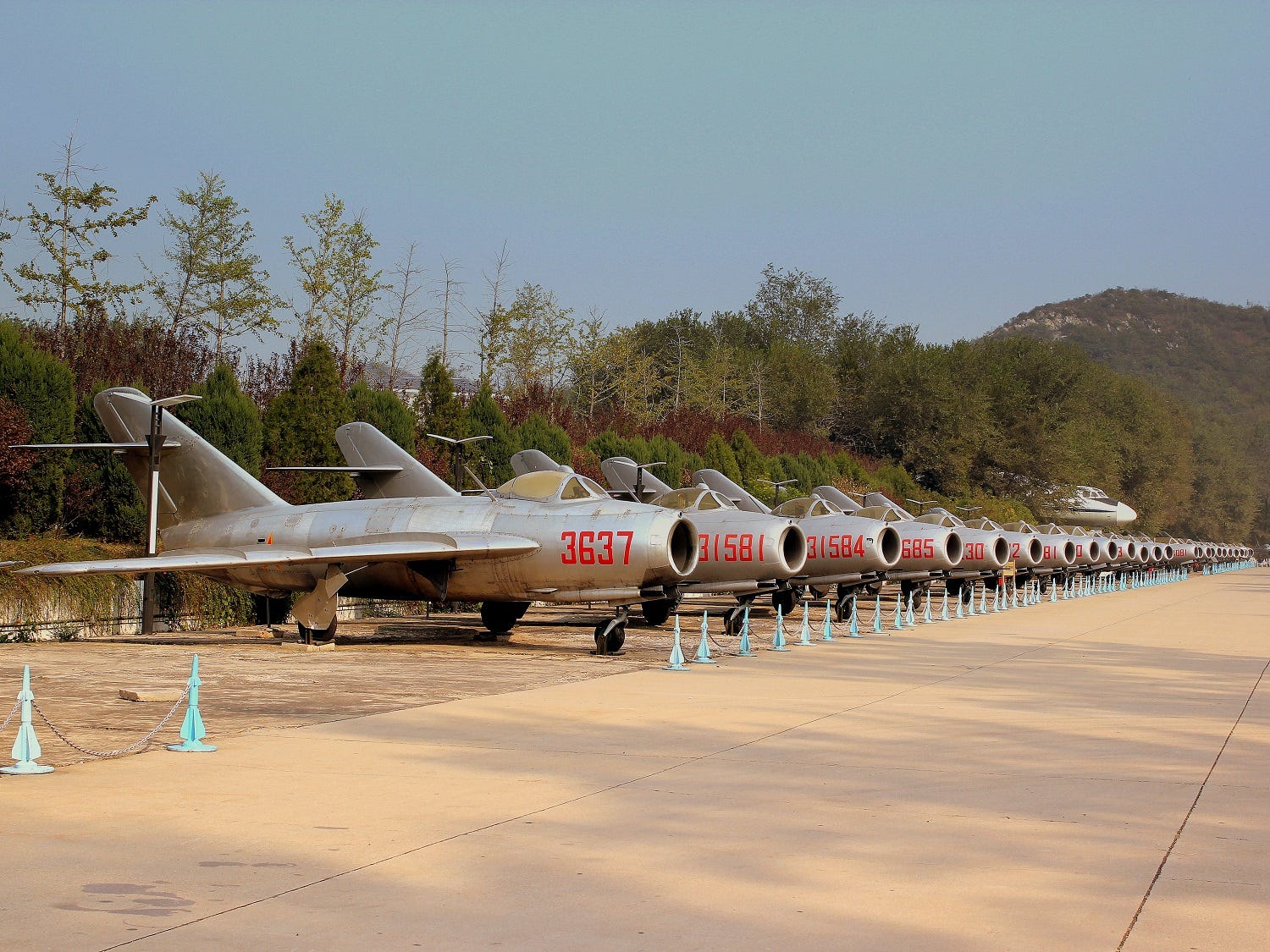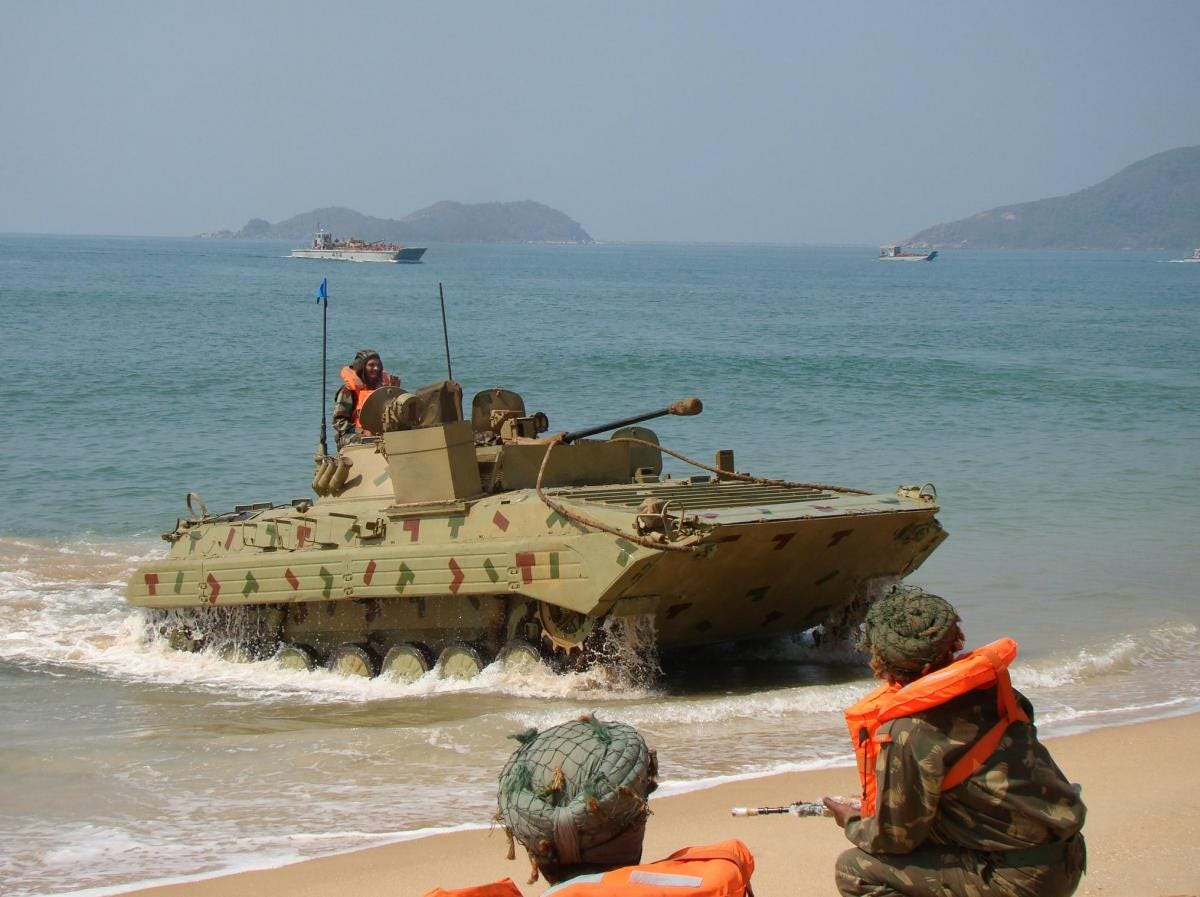December 12, 2014
ISIS: The Inside Story
One of the Islamic State’s senior commanders reveals exclusive details of the terror group’s origins inside an Iraqi prison – right under the noses of their American jailers. Report by Martin Chulov
Detainees in Camp Bucca, in southern Irag. Photograph: David Furst/AFP/Getty Imageshttp://www.theguardian. com/world/2014/dec/11/-sp- isis-the-inside-story
In the summer of 2004, a young jihadist in shackles and chains was walked by his captors slowly into the Camp Bucca prison in southern Iraq. He was nervous as two American soldiers led him through three brightly-lit buildings and then a maze of wire corridors, into an open yard, where men with middle-distance stares, wearing brightly-colored prison uniforms, stood back warily, watching him.
“I knew some of them straight away,” he told me last month. “I had feared Bucca all the way down on the plane. But when I got there, it was much better than I thought. In every way.”
The jihadist, who uses the nom de guerre Abu Ahmed, entered Camp Bucca as a young man a decade ago, and is now a senior official within Islamic State (Isis) – having risen through its ranks with many of the men who served time alongside him in prison. Like him, the other detainees had been snatched by US soldiers from Iraq’s towns and cities and flown to a place that had already become infamous: a foreboding desert fortress that would shape the legacy of the US presence in Iraq.
The other prisoners did not take long to warm to him, Abu Ahmed recalled. They had also been terrified of Bucca, but quickly realized that far from their worst fears, the US-run prison provided an extraordinary opportunity. “We could never have all got together like this in Baghdad, or anywhere else,” he told me. “It would have been impossibly dangerous. Here, we were not only safe, but we were only a few hundred meters away from the entire al-Qaida leadership.”
It was at Camp Bucca that Abu Ahmed first met Abu Bakr al-Baghdadi, the emir of Isis who is now frequently described as the world’s most dangerous terrorist leader. From the beginning, Abu Ahmed said, others in the camp seemed to defer to him. “Even then, he was Abu Bakr. But none of us knew he would ever end up as leader.”
Abu Ahmed was an essential member of the earliest incarnation of the group. He had been galvanized into militancy as a young man by an American occupation that he and many like him believed was trying to impose a power shift in Iraq, favoring the country’s larger Shia population at the expense of the dominant Sunnis. His early role in what would become Isis led naturally to the senior position he now occupies within a revitalized insurgency that has spilled across the border into Syria. Most of his colleagues regard the crumbling order in the region as a fulfillment of their ambitions in Iraq – which had remained unfinished business, until the war in Syria gave them a new arena.
He agreed to speak publicly after more than two years of discussions, over the course of which he revealed his own past as one of Iraq’s most formidable and connected militants – and shared his deepening worry about Isis and its vision for the region. With Iraq and Syria ablaze, and the Middle East apparently condemned to another generation of upheaval and bloodshed at the hands of his fellow ideologues, Abu Ahmed is having second thoughts. The brutality of Isis is increasingly at odds with his own views, which have mellowed with age as he has come to believe that the teachings of the Koran can be interpreted and not read literally.
His misgivings about what the Islamic State has become led him to speak to the Guardian in a series of expansive conversations, which offer unique insight into its enigmatic leader and the nascent days of the terror group – stretching from 2004, when he met Abu Bakr al-Baghdadi in Camp Bucca, to 2011, when the Iraqi insurgency crossed the border into Syria.


 On the anniversary of the defeat of the Pakistan army in the war to liberate Bangladesh, it may be worth remembering what Pakistan was meant to be.
On the anniversary of the defeat of the Pakistan army in the war to liberate Bangladesh, it may be worth remembering what Pakistan was meant to be.
 At top—Air Force F-104s in 1960. Air Force photo. Above—Chinese MiG-17 fighters at the Datangshan China Aviation Museum in Beijing on Oct. 19, 2012. Photo via Wikimedia
At top—Air Force F-104s in 1960. Air Force photo. Above—Chinese MiG-17 fighters at the Datangshan China Aviation Museum in Beijing on Oct. 19, 2012. Photo via Wikimedia
